What Is OLED vs LED: Which Lighting Technology Outshines the Other?
Table of Contents
Proper illumination enhances the ambiance of your living areas, giving them a vibrant and sophisticated feel. Selecting energy-efficient and luminous lighting for your home or workplace is crucial. However, choosing can be overwhelming with the vast range of lighting options.
The advent of LED and OLED technologies simplifies the lighting selection process. These technologies are adept at fulfilling all your illumination needs. Choose one that aligns with your room’s aesthetic, budget, and functional requirements. In this article, we delve into the nuances of OLED and LED lighting to guide your decision.
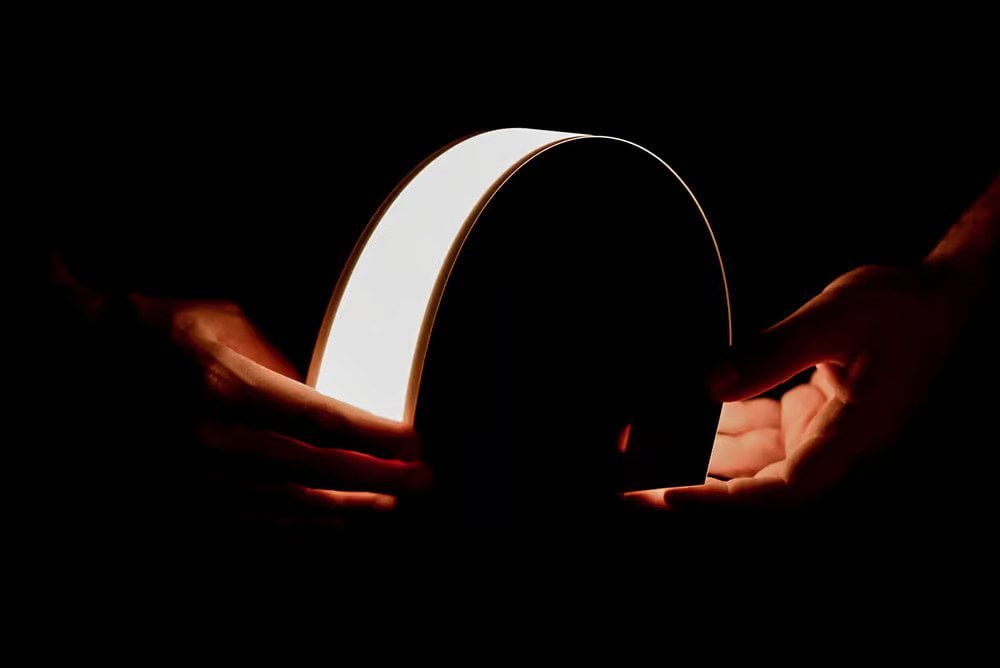
A Glimpse into OLED Lighting
OLED, or Organic Light Emitting Diode, has gained traction as a promising alternative to the widely recognized LCDs. These lighting systems represent an evolution from the LEDs introduced in recent years. The light emitted by OLEDs mimics the softness of natural light. Like LEDs, these energy-efficient bulbs brighten your spaces with minimal power consumption. Available as standalone bulbs or panels, OLEDs cater to diverse lighting needs. Moreover, the panels are customizable, offering a spectrum of colors to tailor the ambiance to your preference.
Inherently organic OLEDs utilize eco-friendly, carbon-based materials for their light panels. Their versatility extends to smart product displays and distinctive lighting fixtures. With the ability to produce many customizable hues, OLEDs have the added advantage of dimmers, enabling precise light intensity control.
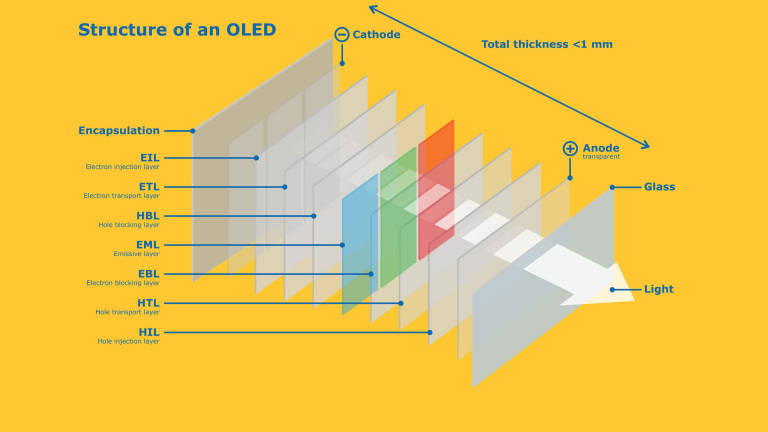
Overview of LED Lights
From humble beginnings as indicator lights on circuit boards, LEDs have evolved to illuminate massive spaces like football stadiums. Their transformative impact on lighting home interiors is undeniable. LEDs are now omnipresent, found in almost every electronic device or application we encounter daily. Light in LEDs is produced by light-emitting diodes, which pass current through the diode. Interestingly, LEDs don’t emit pure white light. They present as white to our eyes because they combine blue, red, or green and get coated in phosphor.
LEDs are fast becoming the lighting of choice for homes and offices. They come in various shapes and sizes, from bulbs to strips. Light strips are incredibly versatile, consisting of multiple diodes that offer broader illumination than individual bulbs. LEDs cast light in a specific direction, though they can’t match the expansive lighting range of halogen or sodium lamps, covering up to 180 degrees. Their appeal lies in their aesthetics and adaptability, making them ideal for ceiling, under-cabinet, and reading lamps.
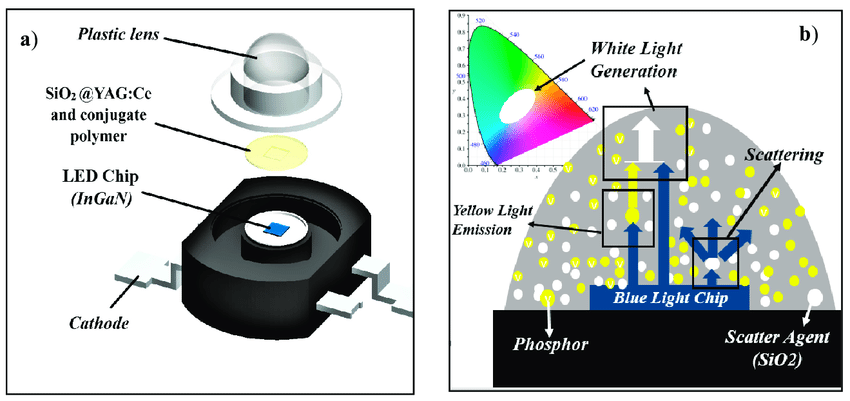
OLED Lighting: Advantages and Disadvantages
Advantages
- Versatility: OLED panels are incredibly adaptable. Their flexibility allows them to be molded into any desired shape and size. This adaptability extends to any light fixture, making them suitable for varied applications. The self-illuminating property of OLEDs means there’s no need for additional diffusers or reflectors.
- Eco-Friendly: OLEDs have an environmental edge over LEDs. Being organic, they are crafted from carbon-based, biodegradable materials, allowing for more straightforward disposal and recycling.
- Durability: OLEDs aren’t as long-lasting as LEDs, but their 40,000-hour lifespan outperforms conventional bulbs. Continuous advancements may further improve their longevity and energy efficiency.
- Superior Brightness: Multilayered OLED displays produce intense light that surpasses LEDs. With an excellent viewing angle, OLEDs offer high contrast, creating deeper blacks and enhancing the overall visual experience.
- Flexibility: One of the most significant advantages of OLEDs is their potential to be manufactured on flexible substrates, leading to adjustable OLED lights. This offers innovative design possibilities and can be incorporated into various applications where traditional lighting cannot be used.
- Thin Profile: OLED lights are fragile and can seamlessly integrate into architectural elements or furnishings.
- Uniform Light: OLEDs provide a uniform, soft light source without additional diffusers or optics, reducing glare and hotspots.
- Energy Efficiency: Like LEDs, OLEDs are energy-efficient, especially compared to incandescent or halogen light sources. They convert a high percentage of the power into light, producing less waste heat.
- Fantastic Light Source: Unlike incandescent bulbs, which can get very hot, OLEDs remain cool to the touch, reducing the risk of burns or fire hazards.
- Instant On: Like LEDs, OLED lights turn on instantly, without the warm-up time sometimes seen with CFLs.
- Dimmability: OLEDs offer good dimming capabilities, allowing users to adjust the brightness to their preference.
Disadvantages
- Higher Cost: The organic materials and frit glass used in OLEDs drive their price. While OLED displays often cost more than their LED counterparts, many argue the superior lighting quality justifies the price.
- Limited Availability: Their specific applications and the challenges in manufacturing components like frit glass make OLEDs less accessible in the market.
- Decreased Longevity: OLEDs have impressive lifespans but are more susceptible to environmental factors. Exposure to moisture, excessive heat, or sunlight can significantly reduce their durability.
- Lifespan: While OLEDs have decent lifespans, they currently can’t match the long operational life of some modern LED lighting solutions.
- Limited Brightness: OLEDs might not be as bright as some LED counterparts. This can limit their use in applications that require high levels of brightness.
- Degradation: Organic materials used in OLEDs tend to degrade over time, especially when exposed to moisture or oxygen. This can affect the longevity and brightness of the light source.
- Blue Light Emission: Although this is a concern with many modern lighting technologies, OLEDs, like LEDs, do emit blue light. Prolonged exposure to high-intensity blue light can have potential health implications.
- Limited Commercial Availability: Due to its nascent stage, there aren’t as many commercial options or standardization in OLED lighting products as in LED lighting.
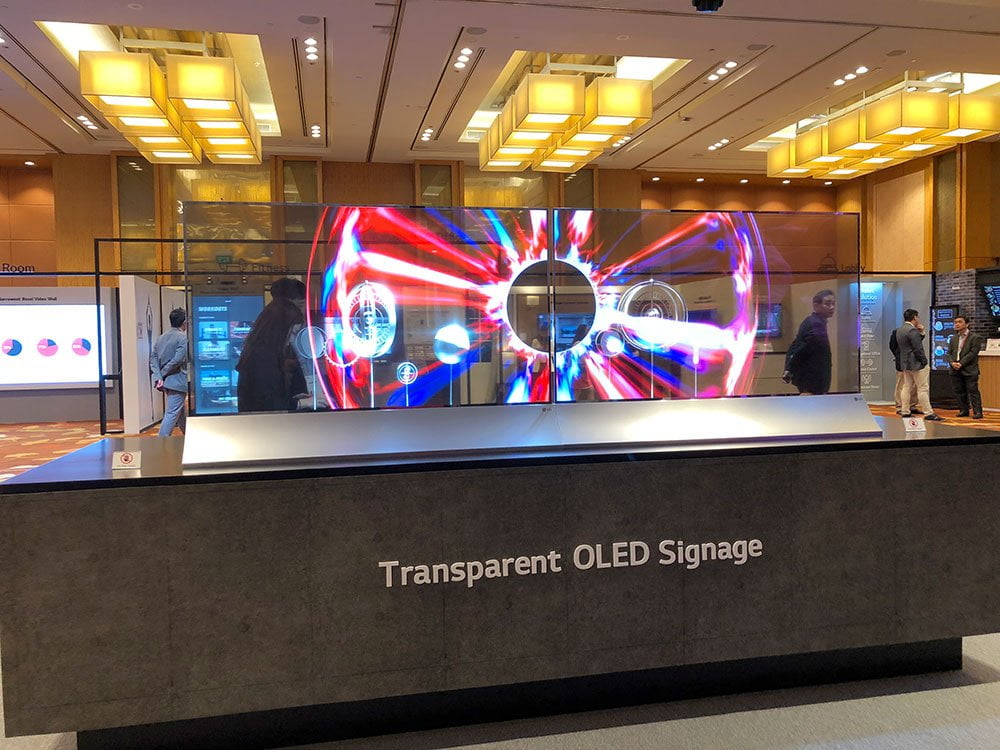
Advantages and Disadvantages of LED Lighting
Dive into a brief overview highlighting the strengths and weaknesses of LED lighting:
Advantages
- Superior Energy Efficiency
- LED lights boast 90-100 lumens per watt, which consumes less power for the same brightness. They consistently maintain their intensity, producing minimal heat and safeguarding you from potential burns upon contact.
- Focused Lighting
- LEDs offer precise directionality. Want targeted illumination? Direct the LED where needed, and its unidirectional nature ensures light doesn’t scatter, offering a contrast to traditional incandescent and halogen bulbs.
- Extended Lifespan
- With a potential lifespan ranging from 50,000 to 100,000 hours under optimal conditions, LEDs outlast other lighting forms. Their prolonged life translates to minimal maintenance and infrequent replacements.
- Versatility in Temperature Variations
- Designed to function efficiently across temperature spectrums, LEDs shine brightly even in frigid conditions. This resilience has made them popular for cold storage, street lights, and freezers. Plus, they power on instantaneously, irrespective of the ambient temperature.
Disadvantages
- Brightness Diminution
- LEDs might exhibit a subtle decline in brightness near the end of their life cycle. This slight degradation, mainly due to the phosphor coating wear, generally mirrors the behavior seen in many light forms.
- Initial Cost
- High-quality, intense brightness LEDs come at a premium. Their cost increases about their lumens. However, their longevity justifies the initial investment. Once familiar with their performance, switching to an alternative light source might seem less appealing.
- Sensitivity to Extreme Heat
- Despite their adaptability to temperature fluctuations, LEDs can falter under excessive heat. Their longevity and efficiency might suffer if they consistently operate in high-temperature environments. They might require protective measures like lamp shields in scorching conditions for optimal performance.
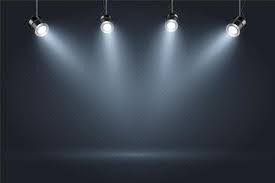
OLED vs. LED: At a Glance
The table delineates the differences between OLED and LED based on multiple parameters.
| Comparison Basis | OLED | LED |
| Cost | OLEDs are comparatively expensive and not affordable to all. | LED lights are not as expensive as OLEDs. They are available at varying prices according to their output. |
| Flexibility | OLEDs are flexible, but they are not as flexible as LEDs. | LEDs are highly flexible. |
| Life Span | OLEDs have a comparatively less life span of up to 40,000 hours. | They are durable and have a much longer lifespan of up to 100,000 hours. |
| Picture Quality | They provide better picture quality than everyday LED display technology. | The picture quality in LED displays is not as high as in OLED displays. |
| Brightness | OLED lights provide less bright light than LEDs. | The intensity of light produced in LEDs is higher than in OLEDs. |
| Efficiency | OLEDs are slightly less efficient when compared to LEDs. | LEDs have a higher efficiency of 90-100 lumen per wattage. |
| Response Time | They have a much faster response time that instantly turns on and off. | The response time in LED lights is not as fast in OLEDs. |
| Viewing Angle | OLEDs have a superior viewing angle of 84 degrees. | In LEDs, the viewing angle is 54 degrees, which is not as comprehensive as in OLEDs. |
| Weight | OLED lights weigh comparatively less than LED lights. | They are much heavier in terms of weight. |
| Size | OLEDs are comparatively smaller in size when compared to LED lights. | LEDs are available in various sizes, from very small to larger sizes. |
| Screen Thickness | They have thinner screens than LED displays. | They have thin screen thickness but are not as light as OLED displays. |
| Ultraviolet Rays | OLED lights never emit ultraviolet rays during illumination. | LEDs emit a minimal amount of ultraviolet rays during illumination. |
What Is Better OLED Or LED?
OLEDs and LEDs may have similar-sounding names, but they diverge in several key aspects. Here’s a breakdown of how they differ:
- At their core, the distinction lies in their composition. OLED stands for organic light-emitting diodes, indicating the presence of organic compounds. In contrast, LEDs, or light-emitting diodes, lack these organic compounds.
- OLED displays employ multiple layers of lights, offering broad and bright illumination. LEDs, however, provide focused descriptions, directing bright light to specific points, and lack the softness of OLED lighting.
- In terms of adaptability, LEDs take the lead. They can be crafted into various sizes and shapes due to their versatility, whereas OLEDs face design constraints that limit their shape and size variations.
- Flexibility is a forte of OLEDs. Their thin form allows for bending in various ways, whereas LEDs are more rigid, restricting such adaptability.
- LEDs rely on a phosphor layer to produce white light. Conversely, OLEDs can emit white light naturally without needing a phosphor layer.
Understanding OLED and LED Operation
Let’s delve into the mechanics behind these lighting technologies.
OLED Functionality Explained
OLEDs use thin layers of organic compounds, which serve as semiconductor materials. Sandwiched between two conductors, these organic layers function as an anode and cathode. When current is applied, the entire panel lights up. OLEDs are unique in that they self-illuminate, emitting a natural white light without needing a phosphor layer, a feature that sets them apart from LEDs.
In contrast to LEDs, OLEDs have a distinct composition and manufacturing method. Built from organic compounds with carbon-hydrogen bonds, these devices emit light when electrified due to the light-emitting properties of their constituent molecules.
The Mechanics Behind LEDs
Light Emitting Diodes, commonly known as LEDs, operate based on the electroluminescence principle. Constructed from semiconductor materials, these diodes emit light when electricity crosses their p-n junction. Their design allows current to flow only one way because of the diode’s differential resistance: low in one direction and high in the other. As electrical current is introduced, electrons shift from one side of the p-n junction to the other, and this consistent electron flow results in light emission from the LED.
Exploring the Practical Uses of OLEDs & LEDs
This segment delves into the diverse ways OLED and LED technologies come to life around us.
How Are OLEDs Integrated Into Our Daily Lives?
- Presently, OLED technology graces the display panels of high-end TV sets. Distinct from LEDs, OLEDs shine without needing a separate backlight. Each pixel on an OLED screen lights up on its own, resulting in a remarkably vivid, sharp display and superior image quality.
- OLEDs also find their place in light panels, emitting a gentle light that bathes large spaces. This characteristic makes them ideal for various lighting fixtures, with the added advantage of being color-adjustable to fit one’s preference.
- The realm of wearable gadgets like fitness trackers and smartwatches often feature OLEDs. Their popularity in such devices stems from their exceptional visibility under direct sunlight and sleek profile. Furthermore, OLEDs offer a profound depth of black that sets them apart from other display technologies.
- Numerous premium smartphones today boast AMOLED (Active-Matrix OLEDs) screens. AMOLEDs render more vibrant and intensely saturated visuals compared to conventional LCD panels.

How Are LEDs Utilized in Everyday Applications?
- LEDs have become famous for household lighting due to their directional illumination and adaptability. Their design versatility allows them to fit various lighting needs, and their brightness can be easily adjusted using dimmers.
- Their energy efficiency has led to their integration into smartphones and TV screens. Their capability to selectively dim specific sections makes them ideal for display signs.
- The automotive sector has embraced LEDs because of their compactness. Even though they’re small, they deliver superior brightness.
- Outdoor lighting often features LEDs, thanks to their low heat output and longevity. They serve as the primary light source for streetlights and public spaces, consistently shining bright regardless of environmental conditions.
- The array of colors LEDs can emit has made them a favorite in children’s toys. Their color variability grabs the attention of youngsters, and since they can be battery-powered, they’re conveniently portable.
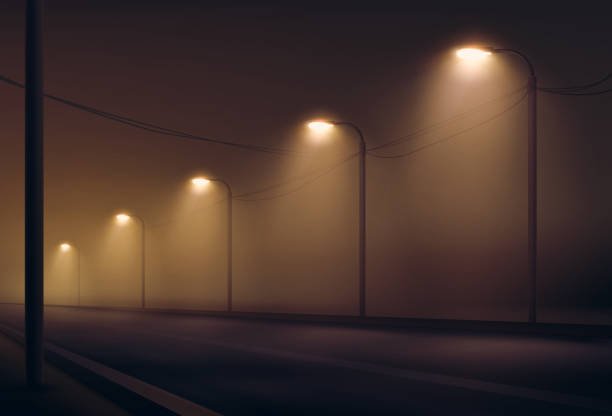
Which Lighting Technology Promises a Brighter Tomorrow?
The realm of lighting technology is in a perpetual state of evolution, with new advancements constantly emerging. It’s challenging to pinpoint which technology will dominate in the years ahead. However, as the emphasis on sustainable development grows, eco-friendly lighting options are gaining traction. OLEDs and LEDs are more eco-friendly than many lighting alternatives today. They are safe for the environment and devoid of harmful elements. While both are environmentally sound, OLEDs stand out as they are biodegradable and readily recyclable.
When LEDs first debuted, they were perceived as a pricey option. But over time, their reputation shifted from being expensive to highly efficient. OLEDs are currently in a similar position. They are often seen as a premium lighting solution in an era of affordable alternatives. Much like LEDs became more wallet-friendly over time, there’s potential for OLEDs to follow suit. A significant factor in OLEDs’ current price point is their use of frit glass. Discovering a cost-effective substitute could make them as accessible as LEDs.
In Conclusion
OLEDs have made a significant mark with their cutting-edge technology, especially their superior display quality in TVs. However, their foray into the broader lighting industry hasn’t been as transformative. Despite their commendable efficiency, they haven’t overshadowed LEDs.
LEDs remain a top pick for many when it comes to lighting, thanks to their efficiency. With their higher price tag and limited availability, OLEDs haven’t managed to capture the same market share. Currently, LEDs are seen as a cost-effective and efficient lighting solution. Ultimately, the choice between OLED and LED is a personal one, depending on one’s needs and preferences.
At MyLikeLed, we produce top-tier LED strips and LED neon flex. Our products undergo rigorous testing in advanced laboratories to guarantee excellence. Moreover, we provide tailored solutions for our LED strips and neon flex. If you’re searching for a superior LED strip or LED neon flex, contact MyLikeLed today!
FAQs
Which is more energy-efficient: OLED or LED?
LED lighting is generally more energy-efficient, especially for high-brightness and general-purpose use.
Is OLED lighting brighter than LED?
No, LED lighting is brighter and better suited for applications requiring high illumination like outdoor or industrial spaces.
Which has better color accuracy: OLED or LED?
OLED offers better color accuracy and soft, uniform lighting, making it great for ambient or decorative purposes.
Are OLED lights more flexible than LEDs?
Yes, OLED panels are thinner and more flexible, which allows for unique shapes and sleek lighting designs.
Which one lasts longer—OLED or LED?
LEDs last longer and are more durable, making them a better choice for long-term use.
Are OLED lights widely available for home use?
Not yet—OLED lights are still more expensive and less common than LED lights in most home applications.

Hi, I’m Xylia Xiong, a sales professional with 14 years of experience in the LED strip light industry. I specialize in providing tailored solutions, leveraging my expertise in LED products and the latest industry trends. Known for effective communication and problem-solving, I’m dedicated to helping lighting manufacturers, importers, and distributors achieve their goals.
Let’s work together to create customized solutions that exceed expectations.
Related Posts

The Best LED Strip Lights You Can Buy Right Now

Comparing WS2811 Vs WS2812B: Key Differences


